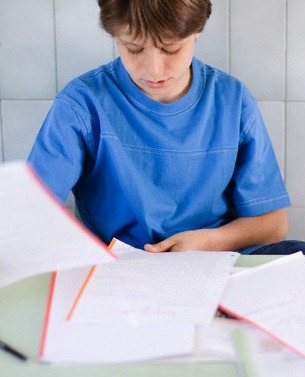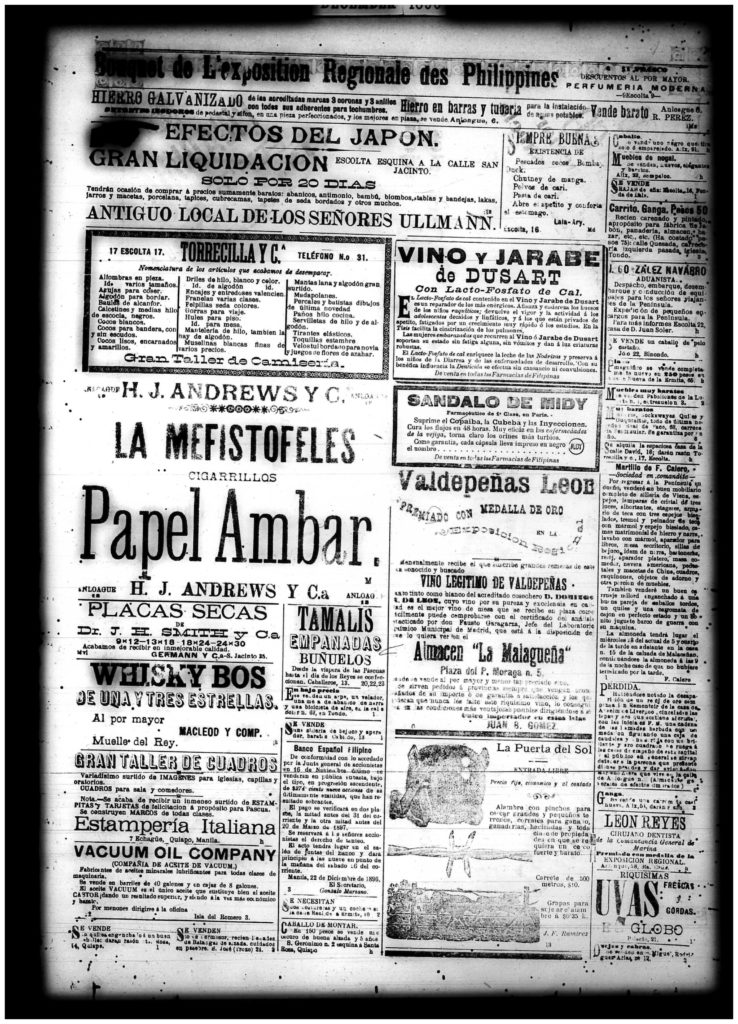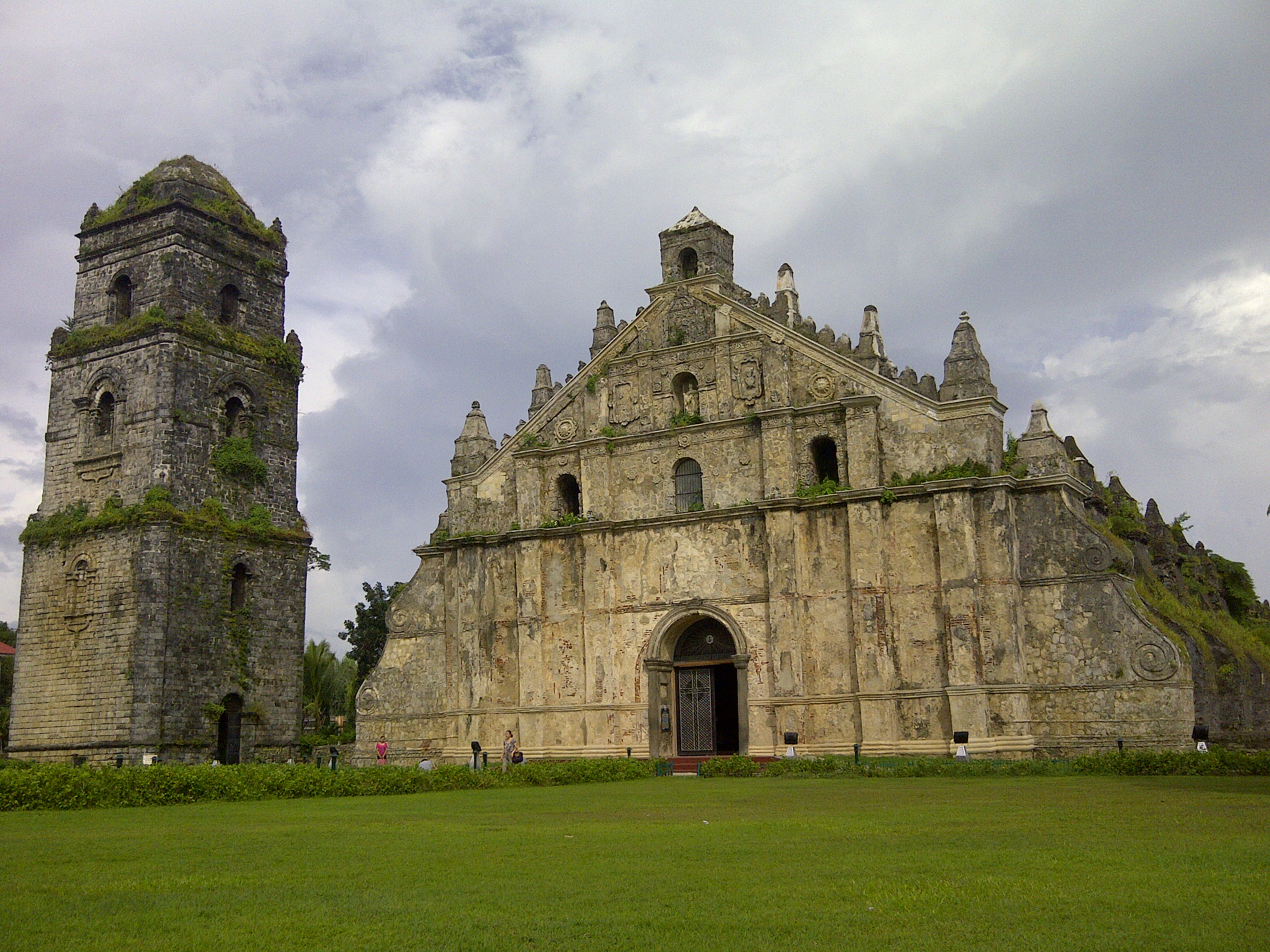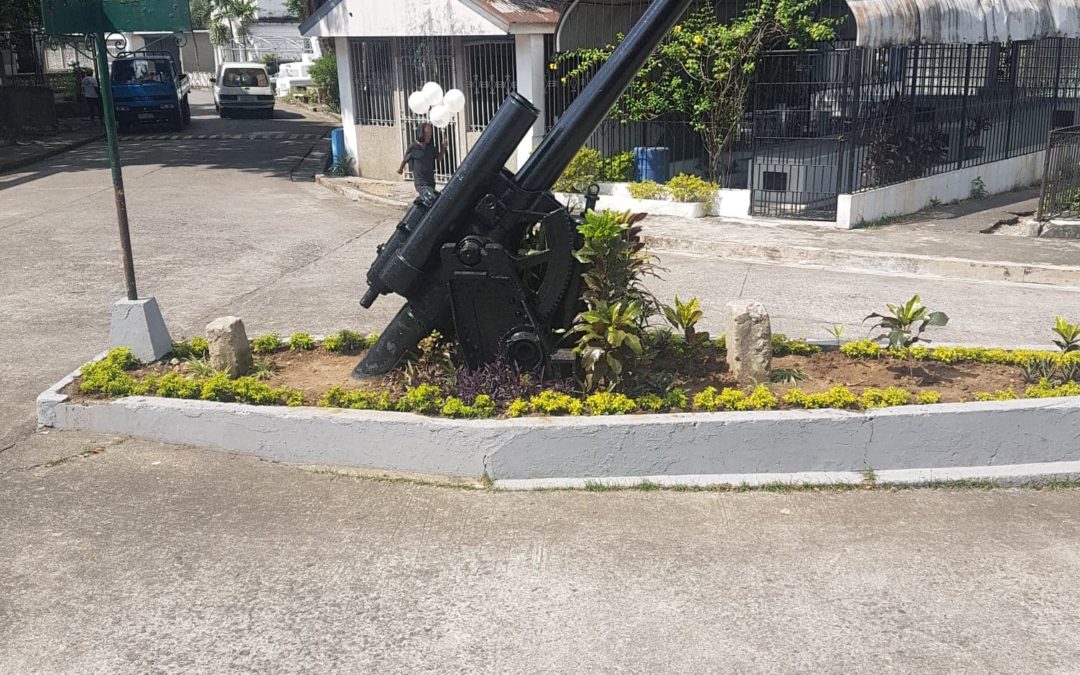These days, Araling Panlipunan or History subjects are considered by some to be boring or irrelevant. However, what is boring or irrelevant is not the subjects themselves, but the way they are taught, for the story has been neglected. Despite this notion, history still has many skills to teach the kids, if the methodology is focused on, and not merely the facts. So, here are some important life skills which history can teach the young.
Critical Thinking

One crucial life skill that history teaches us is how to think critically and not take everything at face value. This is because history may indeed be a reconstruction of the past, but it is a reconstruction of the past based on present-day realities. This means that our history books were written, using actual eyewitness accounts, to address the needs of the time they were written. As a result, knowing why a certain book is written the way it is allows us to think critically, for even if the book is based on true events, we know the author wrote with an agenda in mind. This will allow us to be more skeptical when we read, and not believe what is said right away.
Research Skills

Another thing history can teach the kids is how to research. This is because unlike the hard sciences and social sciences like psychology, where sources are limited to studies, experiments, fieldwork, and journal articles, any written document can be a historical source. For example, newspaper ads from the Spanish period are historical sources because they show what people then consumed, which is a window to their daily lives. As a result, historical research is not merely limited to the archives or the National Library, but everywhere you look, you may be able to find a source, which can build up your research skills.
Interdisciplinary Thinking

Another skill that history can teach the kids is how to connect disciplines, for history can cover every discipline. For example, history and demography can come together in parish records and tribute lists, for these show us how ordinary people lived during the Spanish period. Also, history can explain how certain architectural styles were developed, just like why old churches have high belltowers here, for they also doubled as a warning system when Moro raiders would attack coastal areas. After all, there is more to history than just politics.
Inferencing

Another skill that history can teach the young is how to read between the lines. This is because most of our sources about the early Spanish period came from the Spaniards themselves, and thus, questions would be raised on how the natives adapted to Spanish rule. William Henry Scott came up with an answer, for he was able to use the cracks in the parchment curtain to reconstruct how the natives adapted to Spanish rule, like how they assisted or resisted it. An example would be missionaries complaining about the violence during the conquest of the North, for we can tell that the natives fought hard, even if they were barely mentioned. Thus, historical sources teach us how to infer, for what they don’t say can still be viable sources.
History Teaches Creativity Too
In the end, even if history can teach the kids how to infer, think critically, research, and interdisciplinarity, the most important life skill it can teach them is creativity as well. After all, the events may be accepted by all, but it is the skill of the historian which sets his/her work apart from the rest. So, history can really teach the kids how to construct their own stories. The facts may be the base of history, but its heart and soul is the ability to see connections, which forms the basis of the reconstructed narrative.
